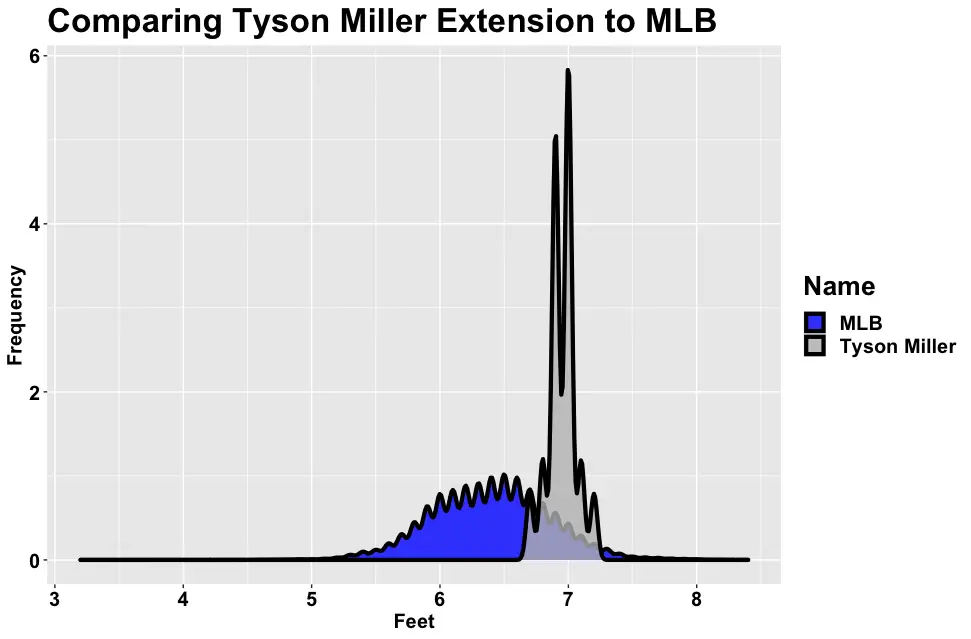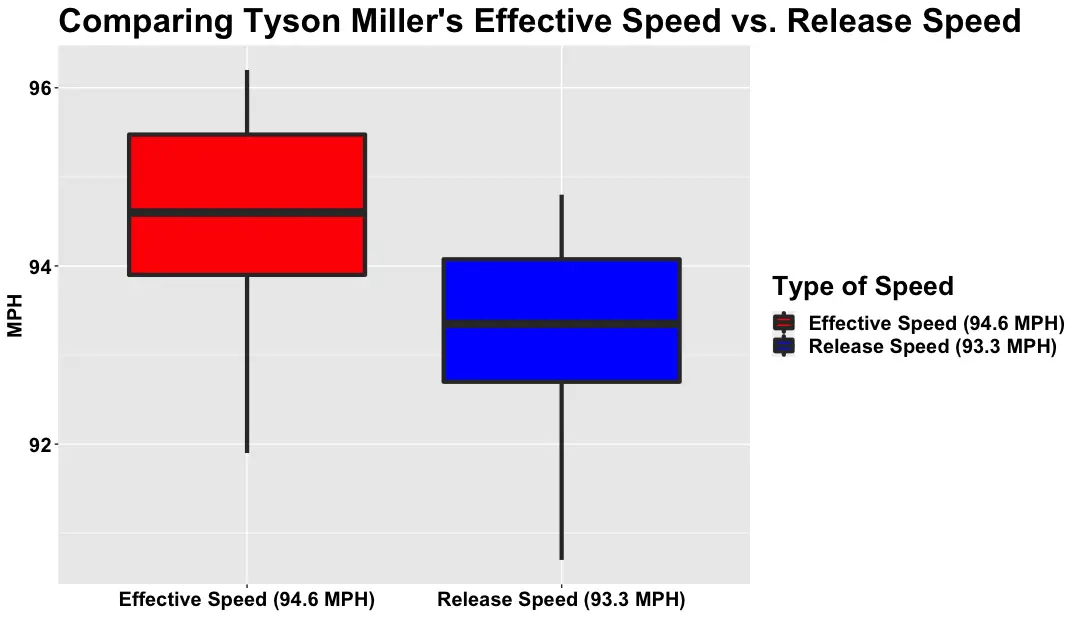
6 Cubs Pitching Trends to Follow During Spring Training
If the Cubs are going to make good on the latent competitive advantages of a pitching staff that isn’t very intimidating on paper, pitching coach Tommy Hottovy has his work cut out for him. Backed by a redesigned infrastructure headed up by assistant GM Craig Breslow, Hottovy’s job is to identify areas of improvement when it comes to the kind of minutia that typically escapes public notice.
We saw several examples of that work in the shortened 2020 season, but a full spring training with a new group of pitchers should give us an even better idea of what Hottovy is trying to accomplish. Here are six trends I’ll be following throughout the exhibition season.
1. Jake Arrieta‘s release point
Arrieta’s vertical release point was becoming lower and more inconsistent as far back as 2017, something that actually predicted Arrieta’s ability to generate whiffs. Just this past week, Sahadev Sharma of The Athletic discussed how Arrieta’s release point remained uncharacteristically low over the last three seasons in Philadelphia.
“Getting on top of the baseball and driving it down into the strike zone then using the cutter off of that and tunneling off of that,” Hottovy said of what Arriet is doing when he’s at his best. “And then being able to go up when he wants to.
“So we’re really trying to focus on the angles and creating deception and driving the ball and let everything play off that. He’s always had the ability to climb the ladder with the two-seamer, but when he’s right mechanically, he’s driving his two-seamer down and away to a righty.”
Hottovy acknowledged that, while it may not be a top priority, Arrieta may have success by elevating more sinkers.
2. Adbert Alzolay‘s slider
Last season, Alzolay developed a new slider that could end up being an incredibly influential pitch. The sharp breaking ball immediately blew away the competition with higher spin rate than 75% of all sliders thrown in 2020.

What’s especially cool here is that Arrieta might personally guide Alzolay’s further development of the pitch. The elder statesman has already taken Alzolay under his wing during early bullpen sessions and his vocal leadership could be instrumental in helping other teammates over the course of the season.
After talking with Jake throughout spring, watch Adbert start using a cutter pic.twitter.com/889QWASLgo
— Brendan Miller (@brendan_cubs) February 19, 2021
3. Tyson Miller‘s release point and slider
If you haven’t yet boarded the Miller hype train, let me give you the opportunity to buy a ticket before they’re sold out. Miller is a 6-foot-4 righty with a release point more towards third base than 99% of MLB pitchers. Watch for that during his spring training appearances, especially on the slider, and pay attention to how batters react.
*Spoiler* pic.twitter.com/aesuEex0zp
— Tyson Miller (@Tyson_Miller07) February 10, 2021


Miller’s extreme extension gives his 93-95 mph fastballs an effective speed of 95-97 mph, which helps everything else play up.
4. Trevor Williams‘ pitch sequencing
Sequencing influences Williams’ ability to generate slider whiffs. Specifically, one of the greatest predictors of Williams’ whiffs was when he threw fastballs immediately before sliders. Focus on that combination throughout spring training and look for the elevated fastball as well. A small tweak or two could see Williams inducing more swings and misses.
5. Jason Adam‘s changeup
Adam could be crucial to the Cubs’ bullpen success in 2021. Bryan Smith of Bleacher Nation wrote an excellent piece about Adam’s changeup, which you should read immediately.
These days, if you’re a nerd like me, that means three words: seam-shifted wake. This is a concept being led by Dr. Barton Smith — you can find great explanations of it here, here, here and here – but I love the simple phrasing via Pitching Ninja: using baseball seams to alter pitch direction. The slight differences that pitchers have in the way the seams of the baseball are oriented as they travel through the air can create differences in movement, even if the velocity and release point and spin rates are identical.
6. Kohl Stewart…just watch
You need to keep your eyes on Stewart not because he’s a guaranteed lock-down starting pitcher, but because he has the potential to be a key piece to the Cubs rotation. Why? He has legitimate top-tier stuff.
The vertical sinking action on Stewart’s four-seam, two-seam, and changeup was better than over 84% of all pitches thrown last season. His curveball swipes more towards the lefty batter’s box than 93% of all others. We’re talking about scout-drooling stuff here, folks.

Despite these juicy Statcast numbers, Stewart hasn’t found consistent value for one reason or another. Look for Hottovy and crew to see whether they can maximize Stewart’s stuff.
Honorable mentions
Realistically, we could’ve written about 10 more trends to follow. You should probably follow Zach Davies‘ changeup usage (thrown ~40% frequency), Cory Abbot’s overall spring training success, Craig Kimbrel‘s velocity and mechanics, Brad Wieck‘s return, James Norwood‘s splitter, and who ends up in starting or swing roles.
This is really the first time we’ll get a real chance to see Hottovy and Breslow’s pitching infrastructure in action and I can’t wait.

